As the monsoon season arrives, it is essential to consider the impact of heavy rain and strong winds on building structures. The elevation of a building plays a crucial role in ensuring a proper setting during the monsoon. By being proactive and incorporating specific elevation design elements, one can mitigate potential issues caused by downpours. Also, these minute design changes will surely maintain a blissful monsoon mood throughout your house. They maintain a safe and comfortable environment.
Elevation Design Ideas:
Make My House is here with some valuable tips to include in the elevation design to ensure a fuller utilization of the monsoon treats.
Adequate Drainage System:
An effective drainage system is vital to prevent water accumulation and potential damage. When doing the elevation design, consider the following aspects:
a. Sloping Roofs: Opt for roofs with sufficient slope to facilitate efficient rainwater runoff. This prevents water from pooling and reduces the risk of leaks or structural damage caused by excess water.
b. Gutters and Downspouts: Install properly sized gutters and downspouts to channel rainwater away from the building. Regular maintenance is essential to keep them clear of debris and ensure effective water flow.
c. Rainwater Harvesting: Consider incorporating rainwater harvesting systems into the elevation design. This allows for the collection and storage of rainwater for future use, reducing reliance on external water sources.
Protective Overhangs and Canopies:
Well-designed overhangs and canopies protect against heavy rain and offer sheltered areas. Consider the following elements in your elevation design:
a. Extended Roof Overhangs: Extend roof overhangs beyond the walls to provide cover for windows, doors, and exterior walls. This helps prevent rainwater from directly hitting the building surfaces, minimizing the chances of water infiltration.
b. Entrance Canopies: Install canopies or awnings at entrances to shield individuals from rain while entering or exiting the building. This keeps occupants dry and helps prevent water from being tracked indoors.
c. Balcony and Veranda Coverings: Incorporate roof coverings for balconies and verandas to create protected outdoor spaces. These areas can still be enjoyed during light rain, enhancing the overall living experience.
Effective Waterproofing Measures:
To ensure a watertight structure, prioritize the implementation of effective waterproofing measures:
a. Quality Building Materials: Choose high-quality, waterproof building materials for the exterior walls and surfaces. This includes durable paints, sealants, and coatings that offer protection against water penetration.
b. Proper Joint Sealing: Pay attention to joint sealing between different building elements, such as windows, doors, and walls. Ensure the use of appropriate sealants and flashing techniques to prevent water infiltration through gaps.
c. Exterior Wall Cladding: Consider using weather-resistant elevation design cladding materials, such as stone, brick, or fiber cement siding. These materials provide an extra layer of protection against water and enhance the durability of the structure.
d. Damp-proof Course: Incorporate a damp-proof course (DPC) in the elevation design. This waterproof barrier is typically placed between the foundation and the walls to prevent rising dampness and water seepage.
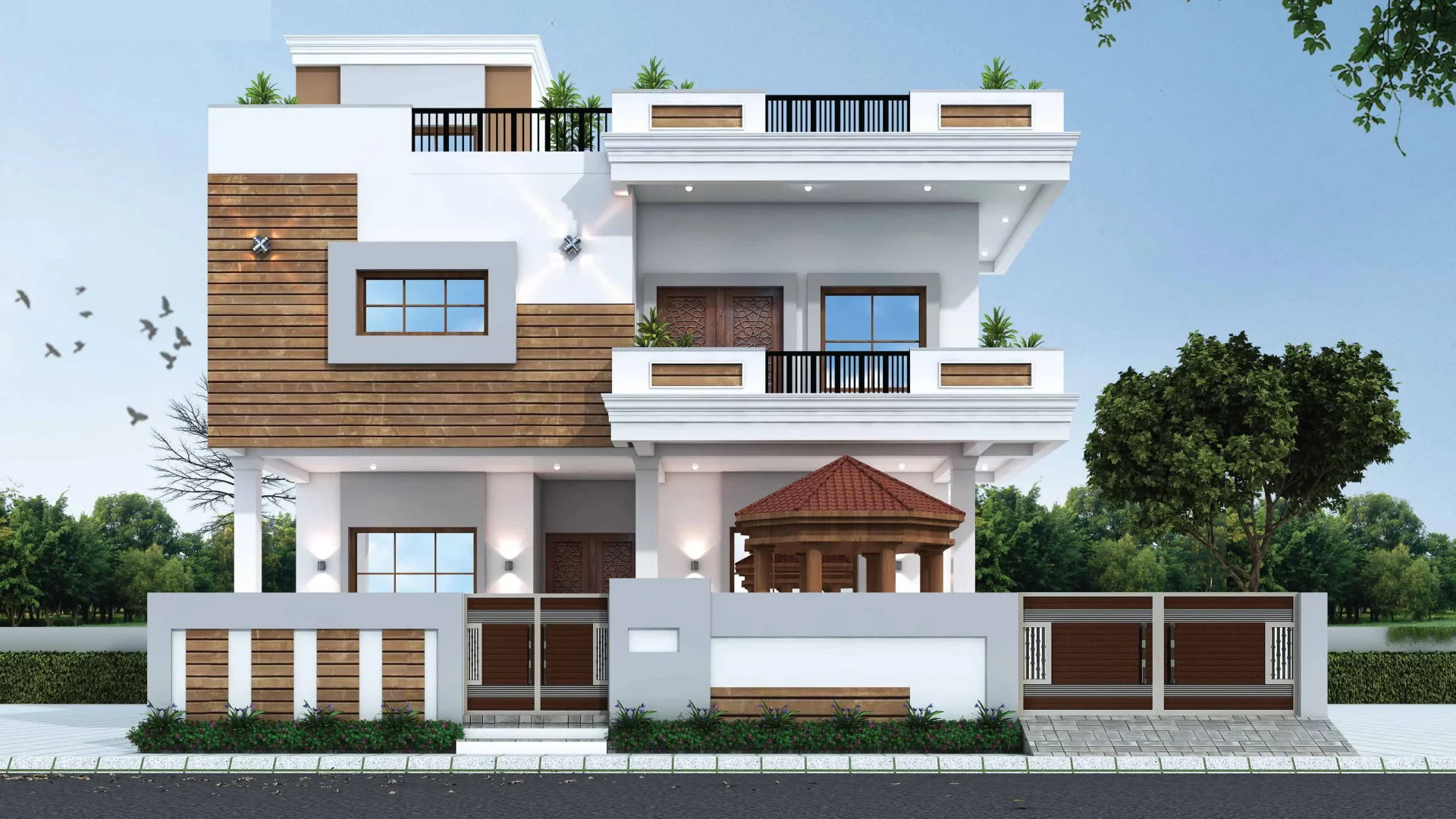
Ventilation and Dampness Control:
Proper ventilation and dampness control are crucial for maintaining a comfortable indoor environment during the monsoon season:
a. Ventilation Openings: Incorporate well-placed ventilation openings, such as windows, louvers, or vents, to allow air circulation. Proper ventilation helps prevent the buildup of humidity and dampness, reducing the risk of mold growth and musty odors.
b. Moisture-Resistant Interior Finishes: Choose moisture-resistant interior finishes, such as paint, flooring, and wall materials, to mitigate the effects of dampness. These finishes are less susceptible to water damage and are easier to clean and maintain.
c. Adequate Sunlight Penetration: Ensure the elevation design allows ample sunlight to enter the building. Sunlight helps dry out damp areas and inhibits the growth of mold and mildew.
d. Dehumidification Systems: Consider incorporating dehumidification systems, such as mechanical ventilation with heat recovery (MVHR) or standalone dehumidifiers, to control humidity levels during the monsoon season.
Proper Waterproofing of Windows and Doors:
Windows and doors are vulnerable areas for water infiltration. Pay attention to the following:
a. Window Flashings: Install proper window flashings to create a watertight seal around the window frames. This prevents rainwater from seeping into the walls or entering the building.
b. Sill Sloping: Ensure that window sills are sloped outward to facilitate rainwater runoff. This helps prevent water accumulation and potential leakage.
c. Weather-stripping: Use weather-stripping or seals around windows and doors to create a tight seal and prevent water ingress. Regular maintenance and replacement of worn-out weather stripping are necessary for continued effectiveness.
d. Drip Edges: Install drip edges above windows and doors to divert rainwater away from the openings, reducing the risk of water infiltration.
Conclusion:
Crafting a proper elevation design for the monsoon season is crucial for the safety, durability, and comfort of a building. By incorporating key elements such as an efficient drainage system, protective overhangs, effective waterproofing measures, proper ventilation, and dampness control, architects and builders can create a structure that withstands the challenges of heavy rain and strong winds. Investing in a well-thought-out elevation design that considers the unique demands of the monsoon season will not only protect the building but also enhance the overall living experience for its occupants.
Frequently Asked Questions about Elevation Design Tips for Monsoon
Q: Why is it important to consider the elevation design changes for the monsoon?
A: The monsoon season brings heavy rain and strong winds, which can potentially cause damage to buildings. Proper elevation design with specific elements helps mitigate issues such as water infiltration, dampness, and structural damage. It ensures a safe and comfortable environment during the monsoon season.
Q: How does an adequate drainage system help in elevation during the monsoon?
A: An adequate drainage system is crucial to prevent water accumulation and potential damage. It includes sloping roofs, gutters, downspouts, and rainwater harvesting systems. These elements ensure efficient rainwater runoff, directing it away from the building and reducing the risk of leaks, structural damage, and moisture-related problems.
Q: What are the benefits of protective overhangs and canopies in the monsoon season?
A: Protective overhangs and canopies provide sheltered areas and protect the building from heavy rain. Extended roof overhangs shield windows, doors, and walls, preventing direct water contact. Entrance canopies and balcony coverings offer dry areas for occupants. These features keep individuals dry and minimize the chances of water infiltration and tracking rainwater indoors.
Q: How do effective waterproofing measures help for ensuring a proper elevation design?
A: Effective waterproofing measures ensure a watertight structure. High-quality building materials, proper joint sealing, exterior wall cladding, and damp-proof courses prevent water infiltration and rising dampness. These measures protect the building from moisture-related damage, such as mold growth, rotting, and deterioration of building materials.
Q: What is the significance of ventilation and dampness control in the monsoon season?
A: Proper ventilation and dampness control plays a vital role in maintaining a comfortable indoor environment during the monsoon season. Well-placed ventilation openings, moisture-resistant interior finishes, adequate sunlight penetration, and dehumidification systems help control humidity levels, prevent mold growth, and reduce musty odors. These measures enhance indoor air quality and prevent dampness-related issues.





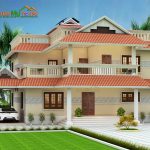
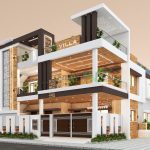
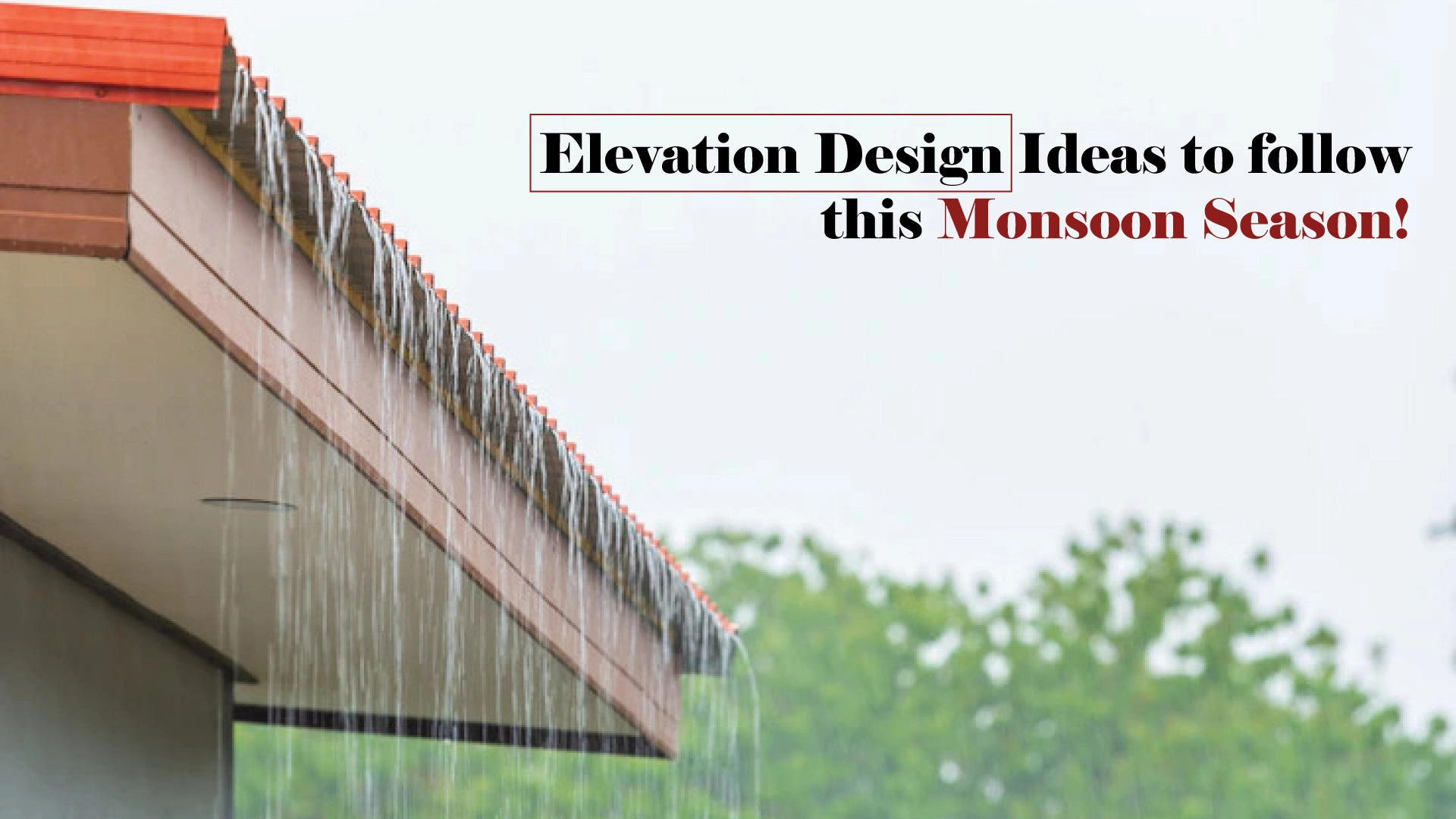


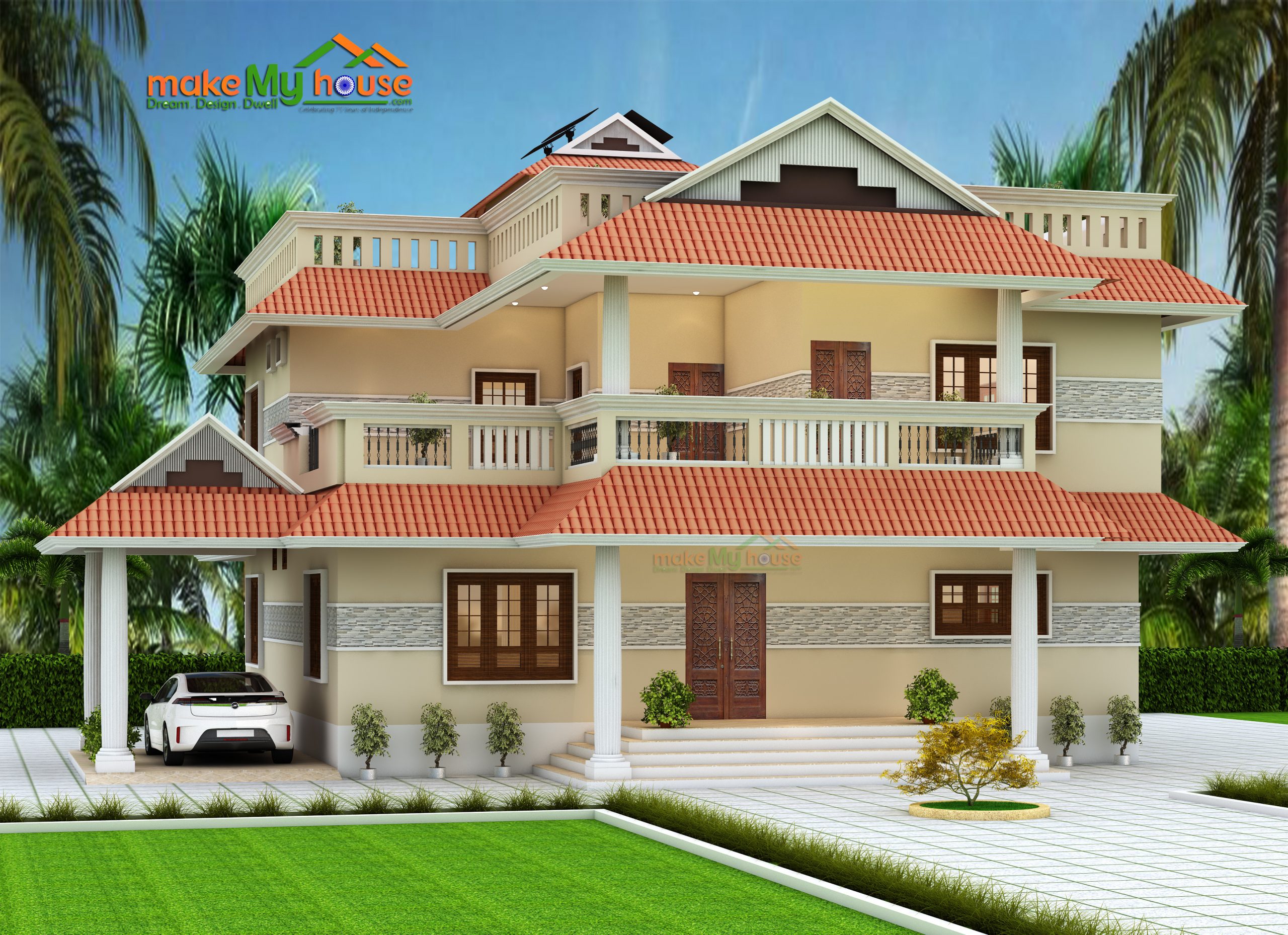
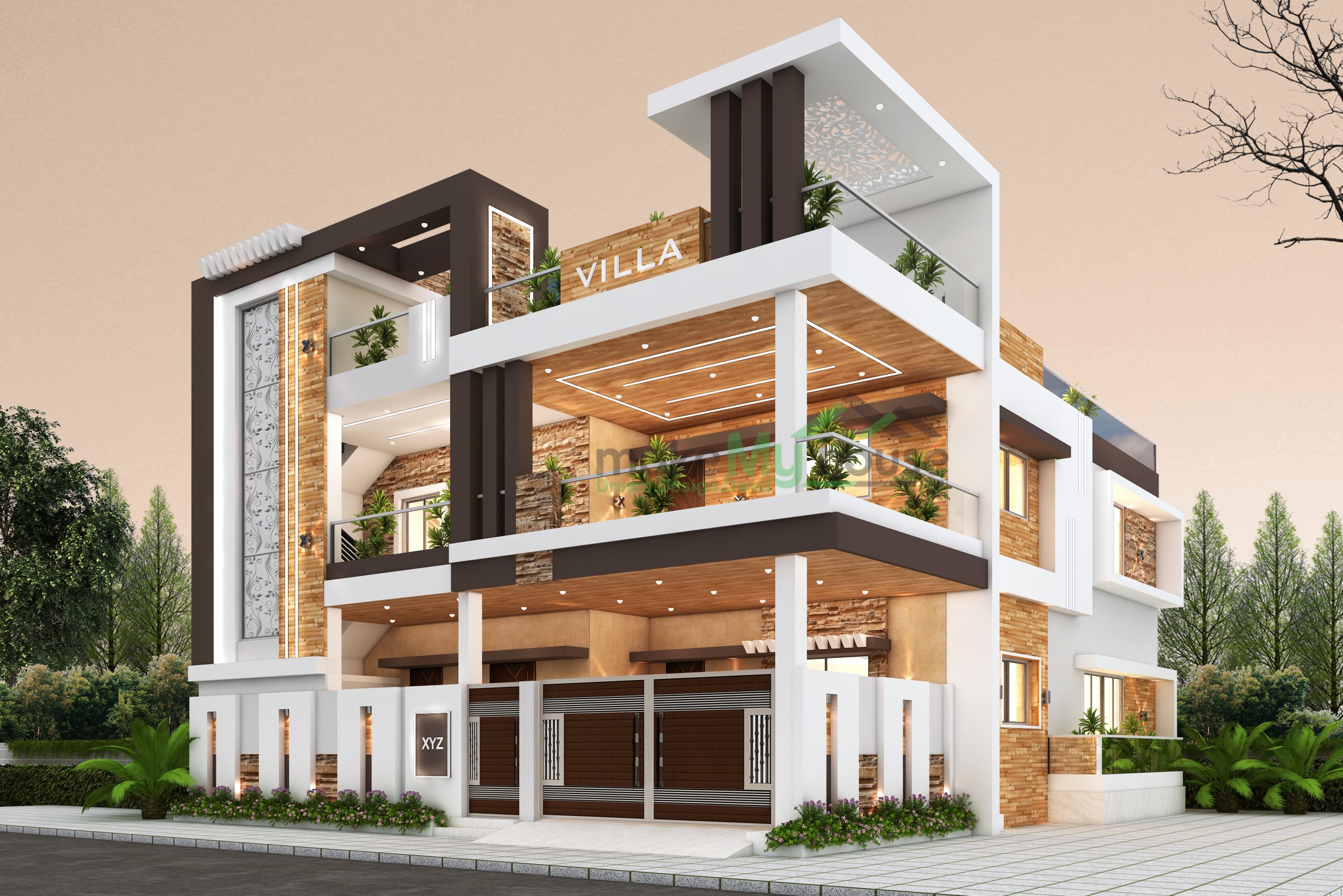
One thought on “18 Unique Elevation Design Tips to Follow this Monsoon Season”